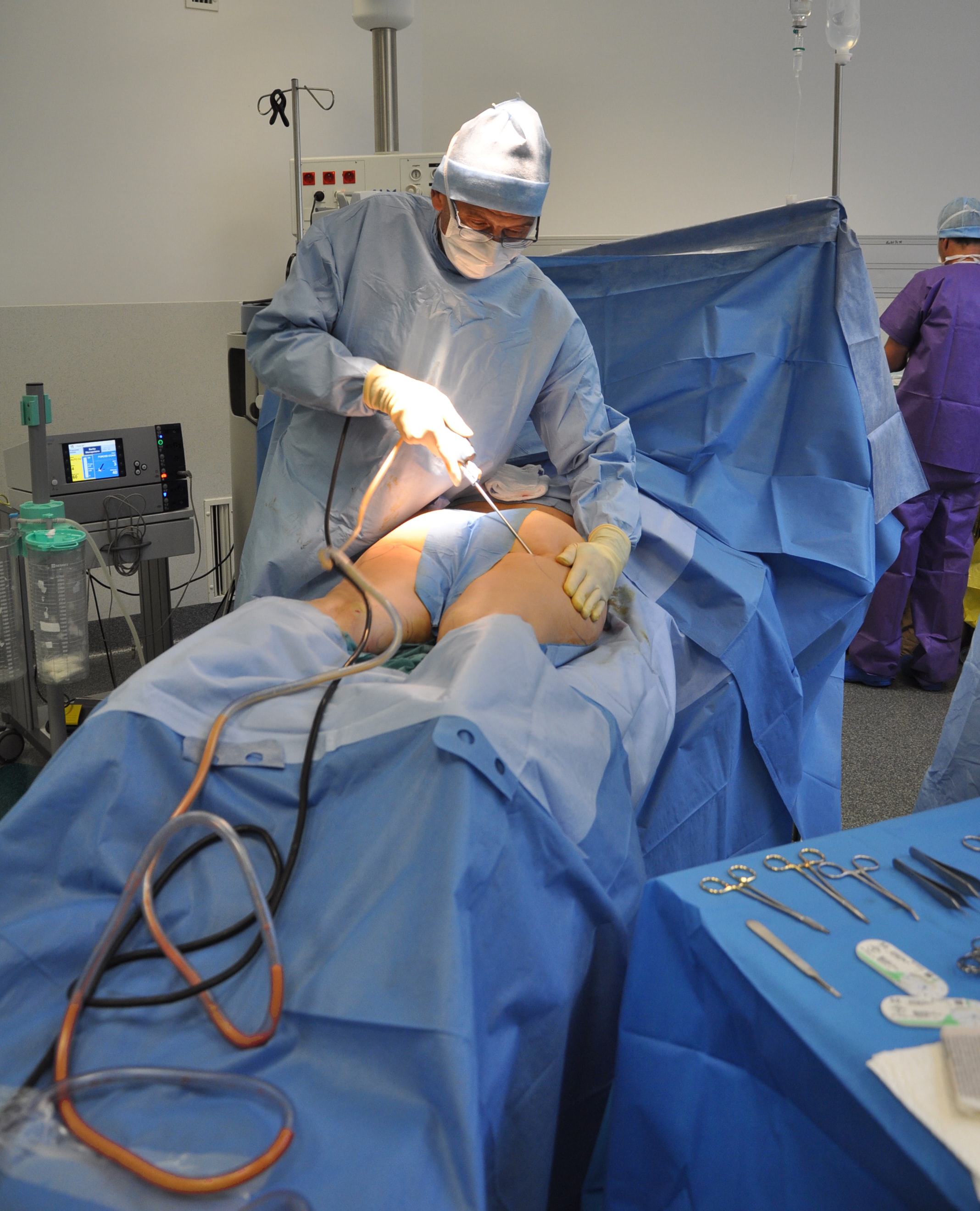Are liposuction dangerous?
Feb-22-2023

Liposuction is a popular cosmetic procedure that removes excess fat from various parts of the body, including the abdomen, thighs, hips, arms, neck, and back. While it is a safe and effective option for those looking to improve their body shape or contour, there are inherent risks associated with any surgical procedure. In this article, we will examine the potential dangers of liposuction and how to mitigate them.
Liposuction is performed under either local or general anesthesia, depending on the scope of the procedure. The surgeon makes small incisions near the treatment area and then inserts a cannula, a thin tube, which is used to suction out the fat cells. While it is considered a minimally invasive procedure, there are several risks involved, including:
Infection – An infection may occur if bacteria enters the incision site. The surgeon will prescribe antibiotics to prevent this, but it may still occur if the wound is not properly cared for after the procedure.
Excessive bleeding – As with any surgical procedure, there is a risk of excessive bleeding. This is particularly true if the surgeon is not experienced in this procedure. Choosing the best liposuction surgeon in Oxnard, Beverly Hills or Los Angeles is important to mitigate this risk.
Blood clots – Blood clots can occur in the legs or lungs, particularly for those who have a history of blood clots or are at risk of developing them.
Nerve damage – While rare, nerve damage can occur during liposuction, particularly if the cannula comes into contact with nerves. This can lead to numbness, tingling, or even paralysis in the affected area.
Organ perforation – In rare cases, the cannula can penetrate internal organs during the procedure, leading to serious complications.
Fluid accumulation – Fluid buildup can occur after the procedure and can require additional treatment.
Anesthetic reaction – There is always a risk of an anesthetic reaction, particularly if the patient has a history of allergic reactions.
Additionally, the type of liposuction performed can also influence the risks associated with the procedure. For example, traditional liposuction uses a cannula to manually suction out fat cells, while laser-assisted liposuction uses laser technology to liquefy and remove fat. While both are safe procedures in the right hands, some people may be better suited for one over the other.
Conclusion
Overall, liposuction is a safe and effective way to contour the body and remove excess fat. However, it is important to understand the potential risks and complications associated with the procedure. Choosing the best liposuction surgeon in Beverly Hills, Oxnard or Liposuction doctor in Los Angeles is essential to mitigating these risks and achieving the best possible results. It is also important to follow all pre and post-operative instructions to ensure a speedy and comfortable recovery.
In summary, while liposuction can be a safe procedure, it is not without risks. Some of the factors that can influence these risks include the type of liposuction being performed, the experience of the surgeon, and the post-operative care received. To ensure a successful outcome, it is important to do your research when choosing a liposuction surgeon and to fully understand the potential risks involved with the procedure.











Luxe Team